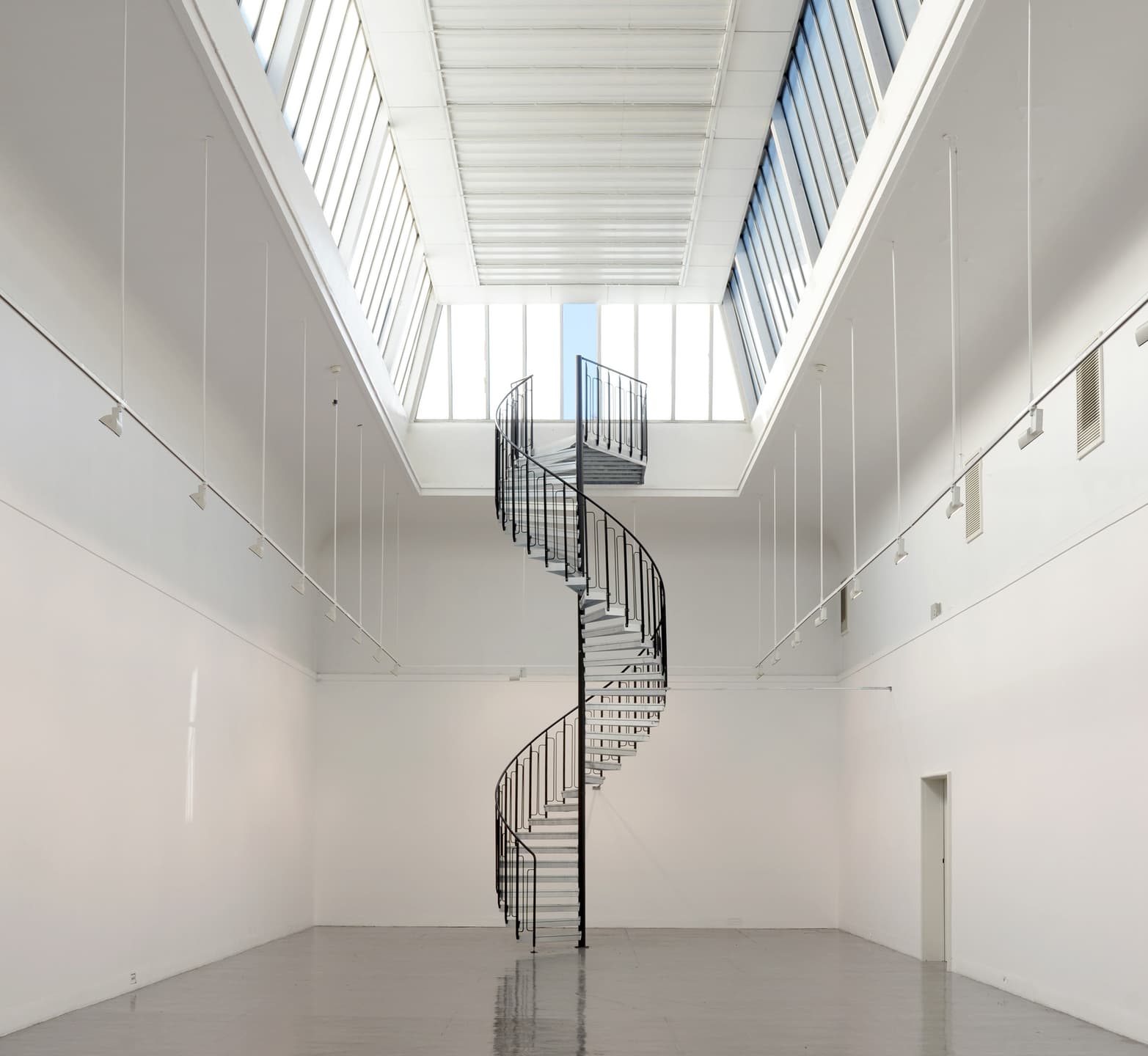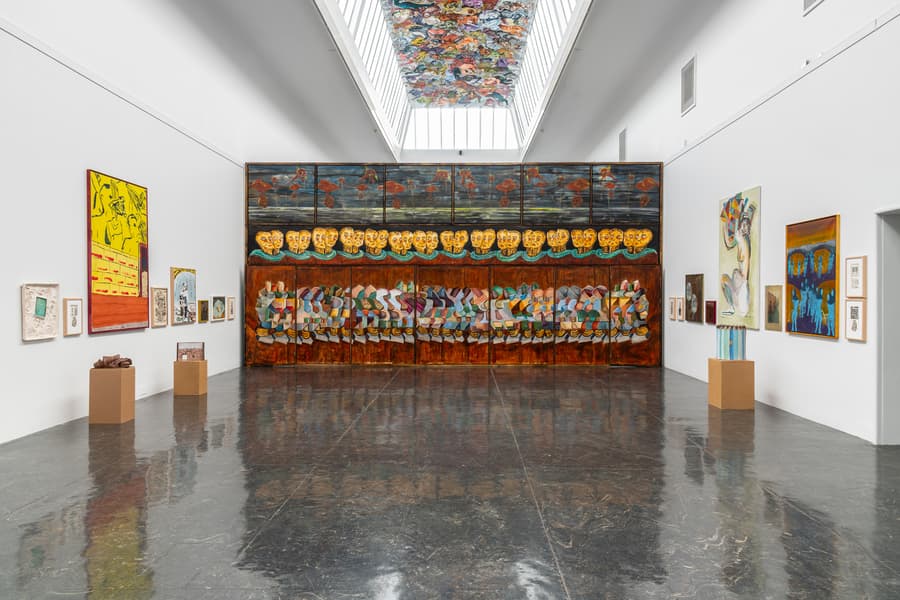Marianne Heier
22.11.13 – 16.02.14

The exhibition ORFEUS by the Norwegian artist Marianne Heier presents four newly produced works; a video, a sculpture, an installation and a speech performed at the opening and shown on a monitor during the exhibition. Marianne Heier's work relates directly and soberly to social, political and economic structures in our own time. Through interventions and her own active participation, she challenges our understanding of the role of art and how it is communicated and experienced.
About the exhibition
ORFEUS is based on the ongoing financial crisis in Europe. The small Drachma sculpture consists of a 2,400-year-old Greek coin with a sharp and deep cut on one face to verify its authenticity. This coin can be said to reflect the very starting point of today's financial capitalism, where the distance between abstract representation and concrete value is abysmal. A condition it shares with art, which also lives in the gap between a hyper-commercial market and the completely unnegotiable.
The exhibition takes its title from the opera L'Orfeo by Monteverdi from 1607, which is considered the first opera in the history of music. The opera forms the basis for the exhibition's two main works, which are each presented in a separate skylight hall, the video Orpheus and the installation Eurydice. The myth of Orpheus and Eurydice is read here into a simultaneous political and philosophical context, and in its essence deals with man's inherent urge for expansion and growth.
In Heier's project, the architecture at Kunstnernes Hus is central to the conceptual and dramaturgical structure of the exhibition.
In the video work, the building is juxtaposed against another iconic building in the same city, namely Oslo Børs (Oslo Stock Exchange). We are at the same time in an abstract financial world in the center of Oslo and in ancient Greece, manifested through the stock exchange's neoclassical, Greek-inspired facade. The two formally different buildings are both landmarks in the city, where they represent the management of two different types of capital: the financial and the cultural. With this compilation, Heier continues his investigation of the relationship between different value systems, of where they overlap and what falls in between. In the exhibition's other monumental works, in which the viewer himself becomes a participant, art's unshakable connection with the world around it and the human experience is presented.
About the artist
Marianne Heier (b. 1969) lives and works in Oslo. In 2012 she was a festival exhibitor in Bergen with the exhibition Surplus at Bergen Kunsthall. Other solo exhibitions include Jamais – Toujours, Stenersenmuseet, Oslo (2010); Saganatt, Maihaugen, Lillehammer (2008); Pionér, Room for art and architecture, Oslo and Waldgänger, KORO, Hammerfest (2008). She has participated in group exhibitions at a number of institutions such as Malmö Konstmuseum (2012), Kunsthall Oslo (2011), Hiap, Helsinki (2010), Overgaden, Copenhagen (2009), Henie Onstad Kunstsenter (2009), Preus Museum, Horten (2009). and Garanti Gallery /Platform Garanti, Istanbul (2008).


